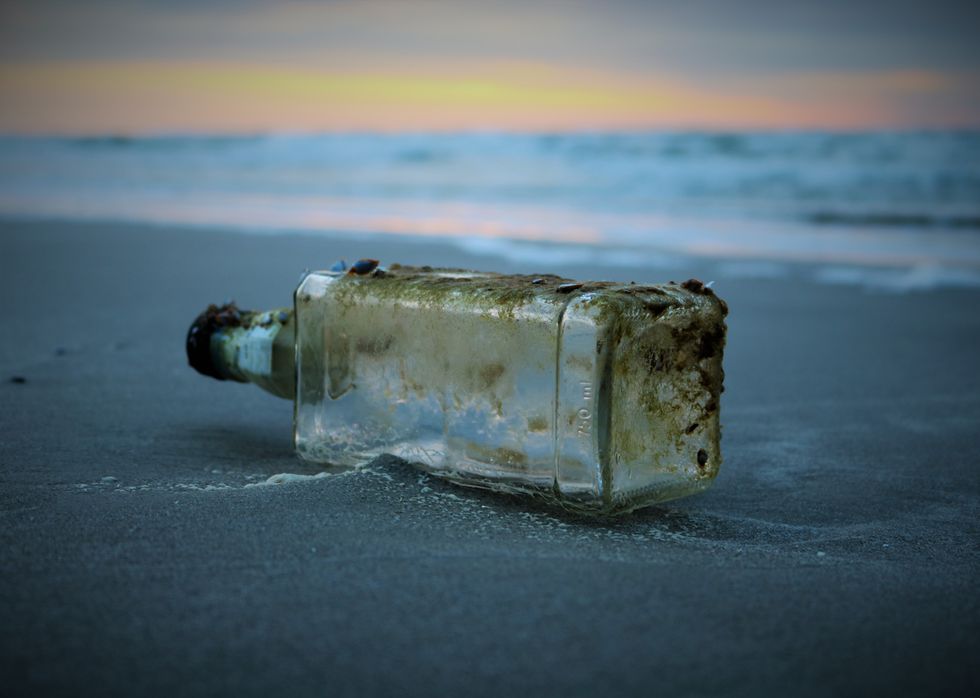With Earth Day right around the corner, it’s time we start cleaning up our act, literally. As a Floridian, I have seen the litter that accumulates on the Sunshine State’s shores. Beach clean-ups were a common way for many at my high school to earn service hours.
That shouldn’t be the case.
All the trash we see on the side of the road or overflowing from garbage cans has to go somewhere – the ocean. Waste is either illegally and intentionally dumped by businesses, or it is carried by the wind into the water. The plastic then travels further out into the ocean dragged by the Gulf Stream current which curves right around the east side of Florida. This gyre, as scientists call it, pulls all of the litter into one giant mass in the Sargasso Sea, creating a very visible, very toxic marine dump.
The Sargasso Sea is located in the Atlantic Ocean and is so named because of the yellowish-brown algae, Sargassum, that floats within it. This seaweed-looking vegetation often washes ashore on Hollywood or Miami beaches. As a child, I would collect bunches and shake it into a bucket filled with saltwater. Shrimp and crabs, sometimes even fish, would fall out. The Sargassum mats are an important nursery for juvenile species. Hundreds of animals rely on the seaweed to hide from predators, including endangered sea turtles.
The Sargasso Sea is the only sea without a land border, but that doesn’t mean it isn’t affected by those that live on land. A study that spanned over two decades recorded 580,000 pieces of plastic litter per square kilometer in the Sargasso Sea. This trash pile stretches for miles and is polluting the ocean so many animals call their home. Plastic bags, trapped among the seaweed, look like jellyfish to sea turtles. The already endangered reptile will die after ingesting the pollutant. Hazardous chemicals from the BPA filled plastics seep into the water after melting in the constant heat of the sun.
Unfortunately, it is difficult to clean up the floating garbage pile, because the currents change every day. The undertows keep it confined to the Sargasso Sea, but the winds and currents vary with the weather, spreading the trash farther. It lies within international waters, so most governments deem it a “not-my-problem” situation. Conservationists are struggling to find a way to remove the litter without also removing the animals that have attached themselves to it or live within the trash.
Also, it is nearly impossible to separate the seaweed from floating plastic without bycatching the hatchlings with nets. Non-profit organizations are working to come up with a solution for the Sargasso Sea trash pile, but it grows each day.
So, what can we, as humans, do? The number one thing is this: Throw away your trash! Simply putting your empty bottle or gum wrapper into the garbage can save a life. Use reusable bags when grocery shopping and if you do take Walmart’s plastic bags, secure them tightly in your trash can so they don’t float away into the ocean. Recycle your plastic when on campus. The blue bins are conveniently located next to trash cans for a reason. Do the right thing and clean up after yourself.






















